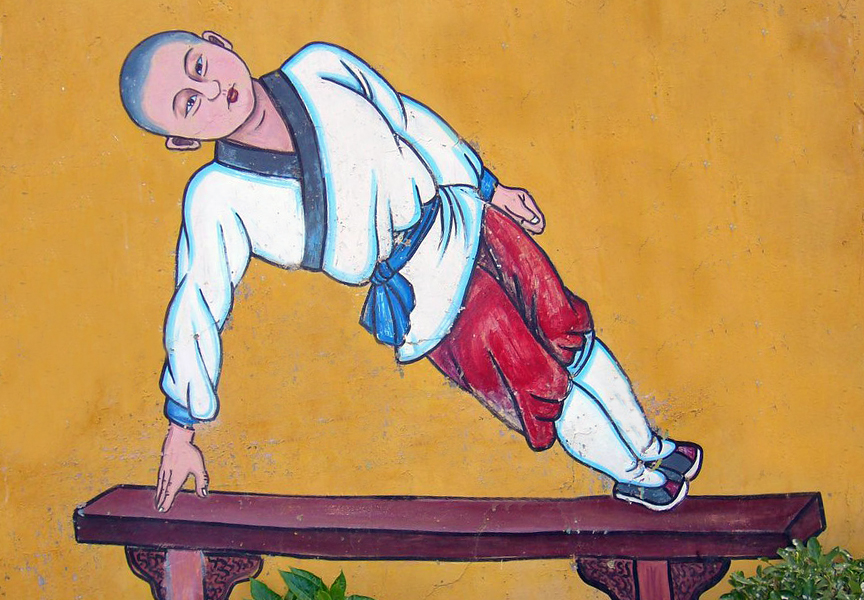Random Free Articles
- Unveiling the Hidden Arsenal of Shaolin Kung Fu
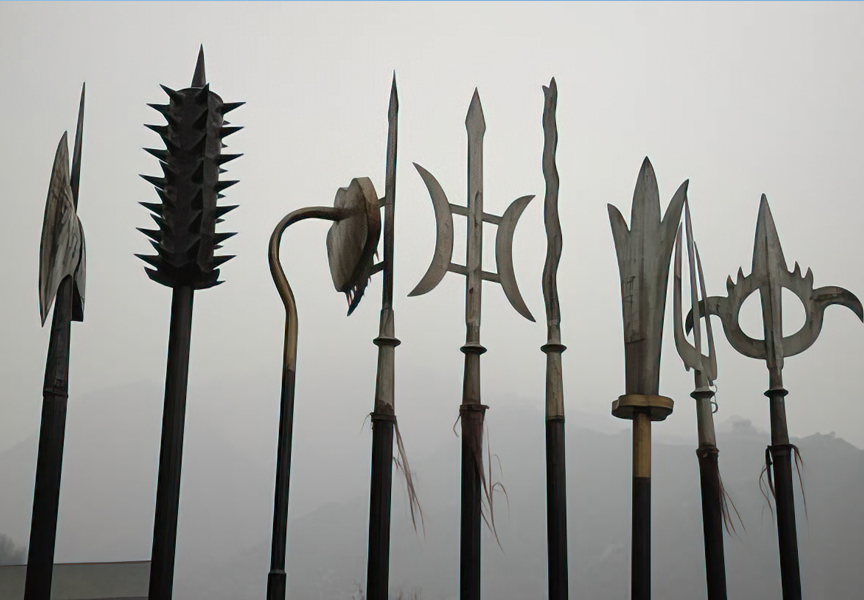
Everyday Objects as Martial Weapons Kung Fu, with its diverse array of styles, is not confined to the realm of empty-hand combat. In many traditions, practitioners delve into the intricate world of weapon techniques, exploring both military and non-military implements. Beyond the traditional weapons such as sabers and halberds, a fascinating aspect of Kung Fu lies in its utilization of everyday objects as formidable tools for self-defense.…
- Lotus Flower of Enlightement
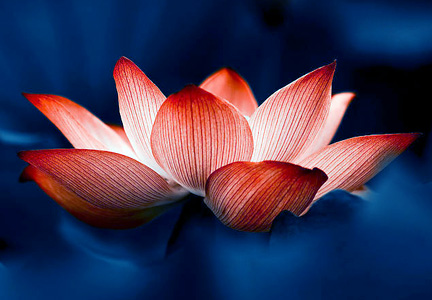
Throughout human history, symbols have played a pivotal role in conveying messages of universal significance. They serve as vessels for the abstract ideas and ideologies of particular societies, often requiring an understanding of the culture from which they originate. These symbols possess a unique ability to communicate profound meanings, inviting personal interpretation without the need for lengthy written explanations. In the context of…
- Martial Arts Training for Kids
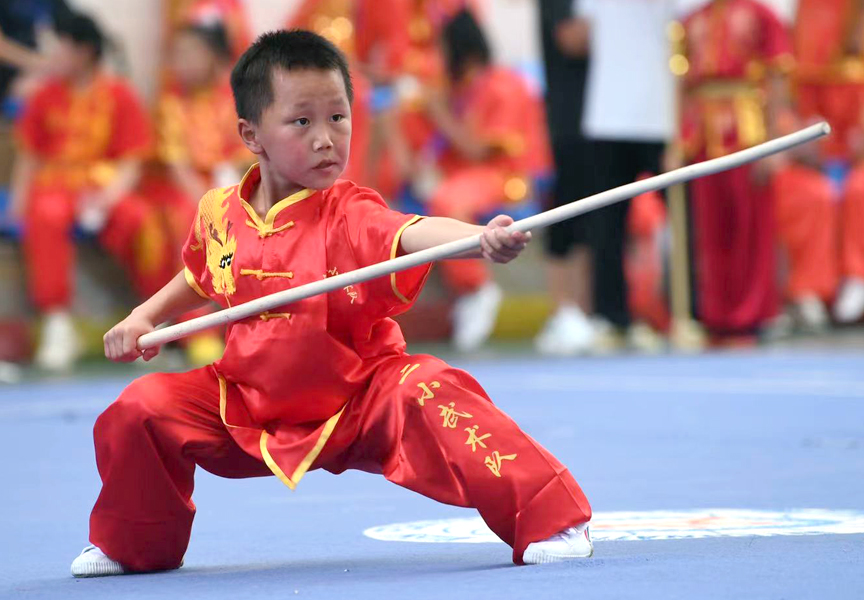
In the realm of extracurricular activities for children, the decision to enroll a child in martial arts training is often met with a range of opinions among parents. Concerns about violence, conflicting desires for athletic prowess versus discipline and values, and uncertainty about the appropriateness of martial arts for kids are common factors influencing parental decisions. This article delves into the considerations surrounding martial…
- Martial Arts Compulsory in Educational Institutions for a Healthier Society
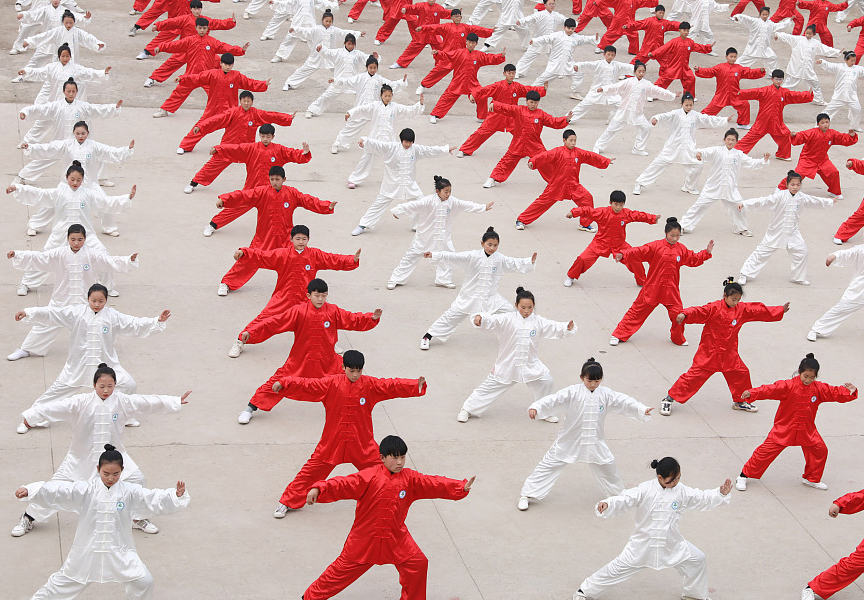
Martial Arts Compulsory in Educational Institutions for a Healthier Society In today's fast-paced and increasingly sedentary world, the importance of physical activity cannot be overstated. Sedentary lifestyles contribute to a myriad of health issues, ranging from obesity to cardiovascular diseases. As societies grapple with these challenges, it becomes imperative to explore innovative solutions to promote physical well-being. One such…
- The Changing Landscape of Kung Fu in Modern China
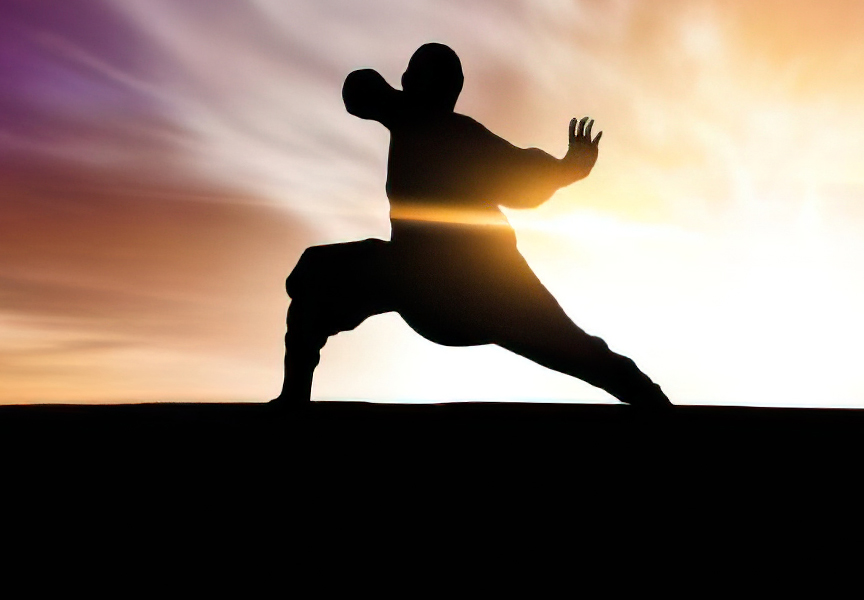
Exploring Cultural Evolution and Diversification In the realm of Chinese culture, few symbols carry as much weight and mystique as Kung Fu. For centuries, this ancient martial art has been intertwined with the very fabric of Chinese society, embodying principles of discipline, self-improvement, and tradition. However, as China hurtles forward into the 21st century, the prominence of Kung Fu is undergoing a profound transformation, reflecting…

